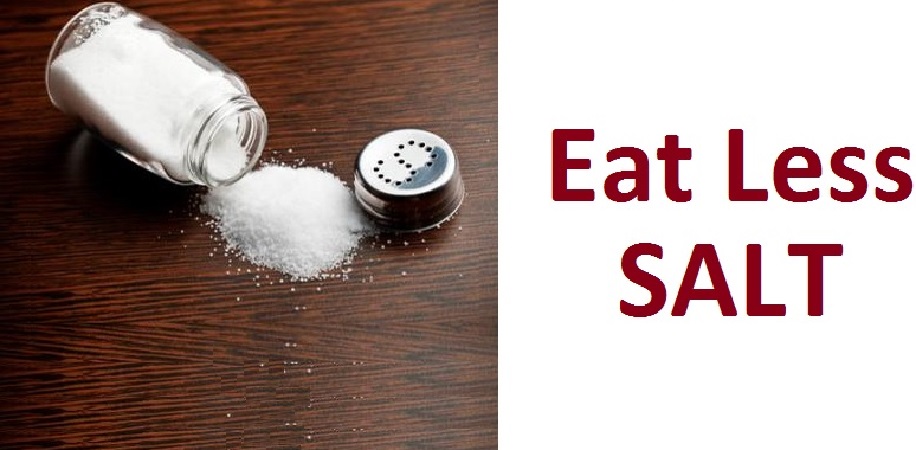There are few food ingredients that get as much bad press today as that simple compound of sodium and chloride – salt. Salt is used to preserve and flavor foods, and a small amount of salt is actually important for good health, as it helps to maintain the correct volume of circulating blood and tissue fluids in the body, assists in the transmission of nerve impulses and influences the contraction and relaxation of muscles.
However, some people are more sensitive to the effects of sodium than others. People who are sensitive to salt may experience excess fluid retention resulting in increased blood pressure. If you fall in this group, adding extra sodium to your diet may increase your chances of developing high blood pressure – a condition that can lead to cardiovascular and kidney diseases.
Eating less sodium can help lower your blood pressure and reduce your risk of having developing disease; therefore, it’s important to monitor your salt intake. Much of the sodium that people eat comes from the foods that are rich in preservatives and the salt that we add to our food at the table – so it’s easy to find places to cut back.
The following are some tips to help you reduce your salt intake:
Always read the labels on food packages when you’re at the grocery store. Look for pasta sauces, crackers, cereals, canned vegetables and other foods that are specifically designated as being lower in sodium.
When you’re at a restaurant, ask if there’s any salt added to the meal you’re ordering. If there is, most cooks will honor a customer’s request to have no salt added to their food.
Buy plain, frozen, fresh or canned, “with no salt added” vegetables. It’s also best to use fresh poultry, fish and lean meats, instead of the canned versions or the ones that are heavily processed. According to nutrition researchers, around 75% of the salt in our diet comes from processed foods, so opting for fresh alternatives is a good way to cut back on your intake.
Look for herbs and different spices or seasonings that contain no salt when cooking and while eating. It’s also a good idea to learn how to use fresh or dried herbs, spices, zest from citrus fruits, and fruit juices to enhance the flavor of foods instead of relying too much on salt to add flavor.
Cook rice, hot cereals, and pasta without extra salt. Cut back on instant or flavored pasta and rice products, and look for cereals that don’t have any extra salt added to them.
If you do eat fast food, try to select items from the menu that are lower in salt. Cut back on pizza, frozen dinners, canned soups or broths, packaged mixes and salad dressings because these items are always packed with extra sodium.
If you need to add salt while cooking, try to add it at the end of the cooking period so that you’ll add less overall. The longer the food cooks, the more the flavor is muted, so you’ll wind up adding more salt throughout the cook time just to maintain the same flavor.
